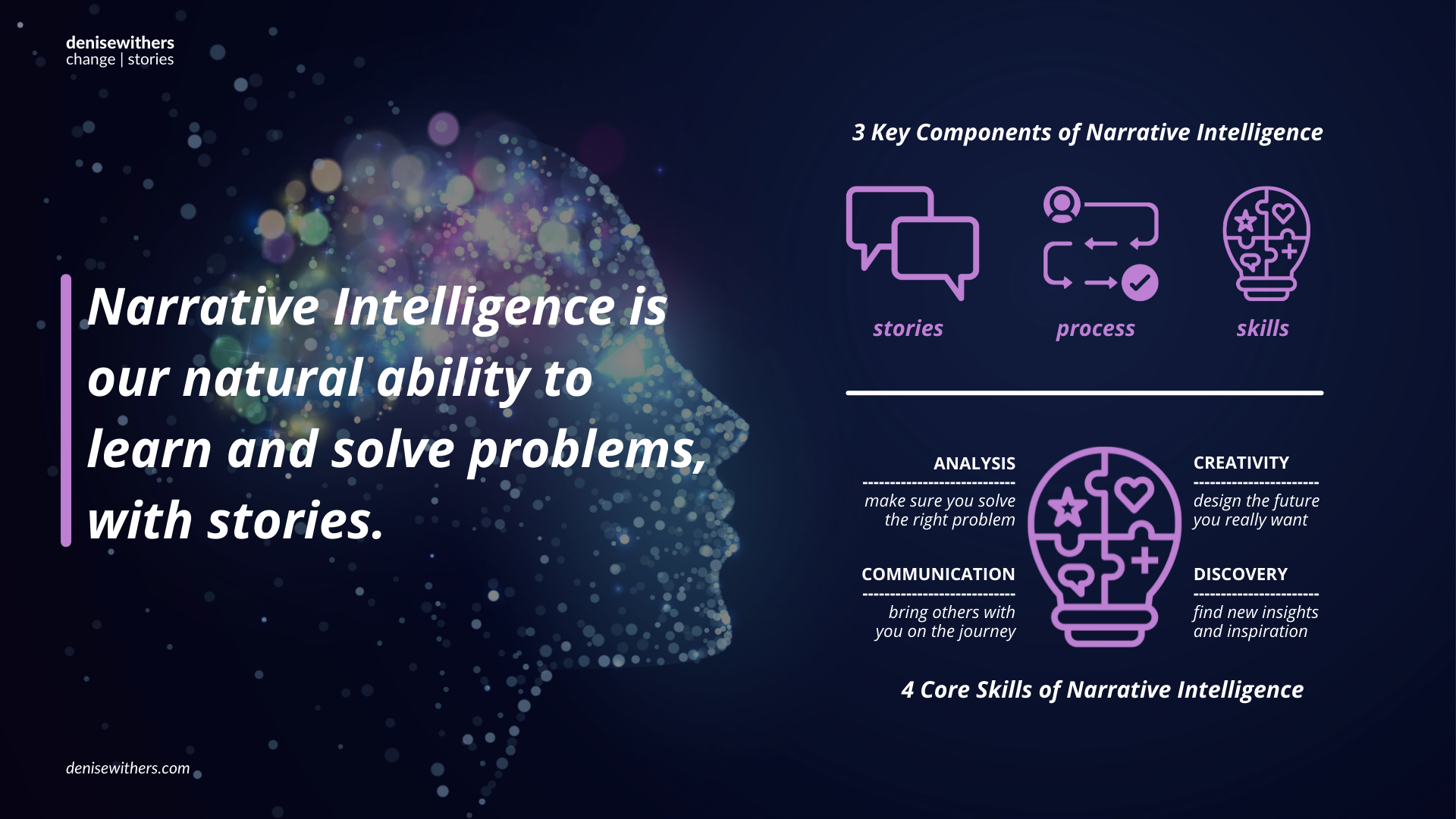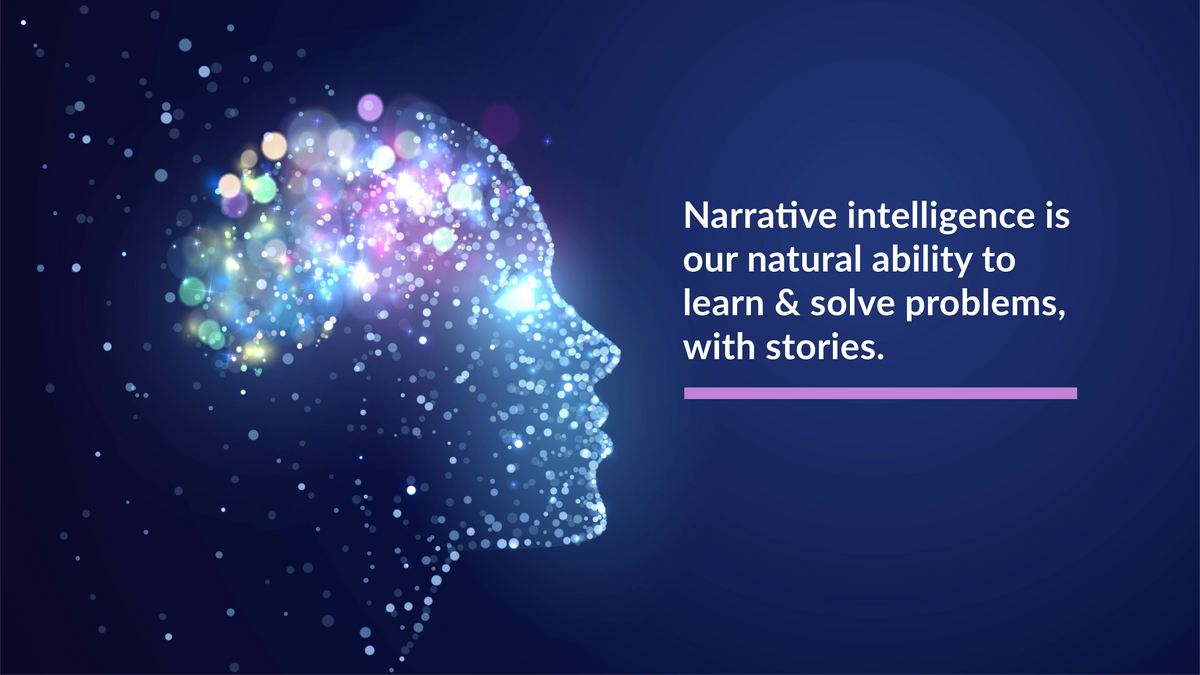When I set out to make a documentary about a group of HIV+ widows in Zambia in 1995, I expected to find a community that was destitute, dying. Instead, I was met with song, dance, food, laughter and love – a vibrancy that literally brought the village to life. Rather than giving into the death sentence that awaited them, this group of women had chosen to create a better life for their families. And they did it with stories.
By deliberately seeking out stories from women in other villages and organizations, they found new ways to solve some of their biggest problems. They researched, developed, tested, refined and launched a community co-op where they could buy and sell food and goods. They found a way to educate their children. To access aid and medicine. To quit sex work. And, perhaps most importantly, to change not only the harsh patriarchal culture that dominated their country but also the law – gaining human rights that set them free from generations of domestic slavery and abuse.
But here’s the thing. They didn’t need technology or the internet to change their lives or their world. All they needed was their Narrative Intelligence.
What’s that?

Here’s how it works.





